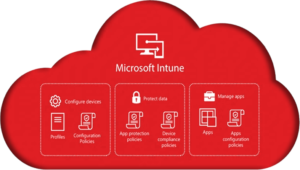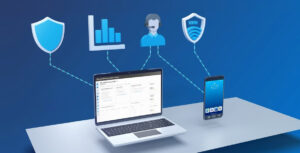Citrix XenApp/XenDesktop Basics
The article will serve as the foundation to a series about the Citrix XenApp and XenDesktop products. It will use the latest release, v7.6, as it’s version.
XenApp and XenDesktop are Citrix’s version of application and desktop virtualization. This is not regular VDI, as you will realize as we go forward. Each user does not get their own machine as is the case with traditional VDI. This process saves heavily on server costs, as users share machines.
XenApp
XenApp is application delivery. It’s slightly different from traditional virtualization, as the application never gets delivered to an end-user device. It launches the application on a server, and the user connects to that instance. This allows greater freedom in devices. Now, these apps can run on a iPad, iPhone, or Android device. You traditional Windows applications are available on a wider variety of devices, including OS X.
Applications are typically installed on Windows Server 2012 R2 Datacenter boxes. There can be multiple applications per server, as long as the applications are compatible with one another (i.e. Microsoft Office 2010 and 2013 should not exist on the same host).
You would typically use the Datacenter version of Windows Server because licensing works out better from Microsoft. You must Remote Desktop Services on the hosts in order to make the product function. This limits you to server operating systems, and the Datacenter version can handle more connections both technologically and per the license for Server.
After the application is installed on the server, a Virtual Delivery Agent (VDA) is picks up the application and makes it available through your Citrix storefront. VDA will also pick up applications that are native to the OS such as Internet Explorer and Notepad. You must make the applications available through a web console, so you can prevent users from accessing these applications.
XenDesktop
XenDesktop provides the entire OS to users. It streams the desktop with Citrix’s HDX protocol. With this protocol, YouTube HD videos come in crystal clear. It allows for high video capability programs such as AutoCAD to also be displayed crystal clear on the screen (just remember that the servers in the datacenter must be able to handle these applications).
It also recommended that you use the Datacenter version of Windows Server for XenDesktop as well, for the same reasons as XenApp.
XenDesktop differs from traditional VDI in the sense that users share hosts. It’s almost as if they RDP to a server, though XenDesktop provides a much richer and load-balanced experience.
XenApp and XenDesktop can replace your VPN, as users can just use your Citrix portal to access their applications and desktops. Please come back in the coming weeks for more about Citrix.





